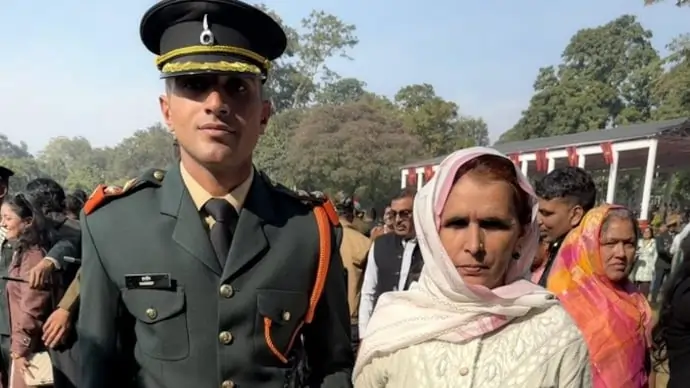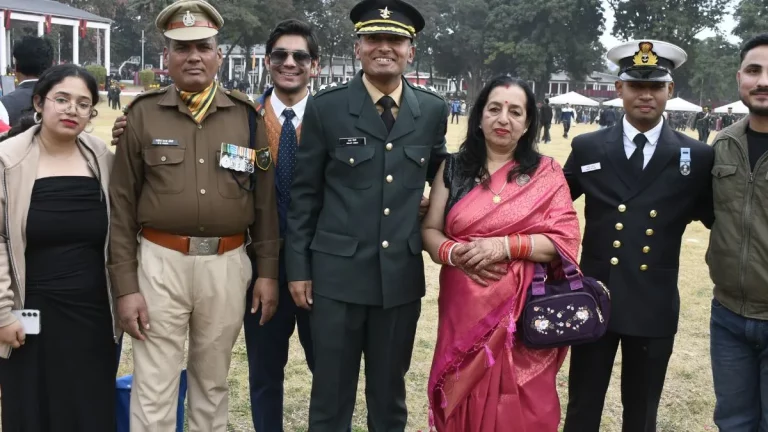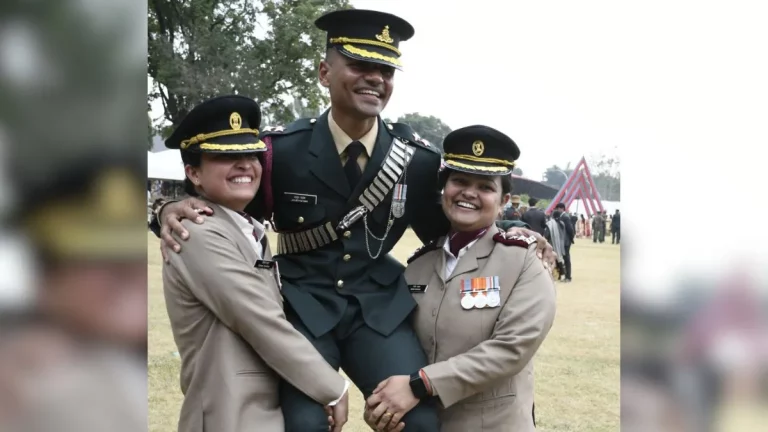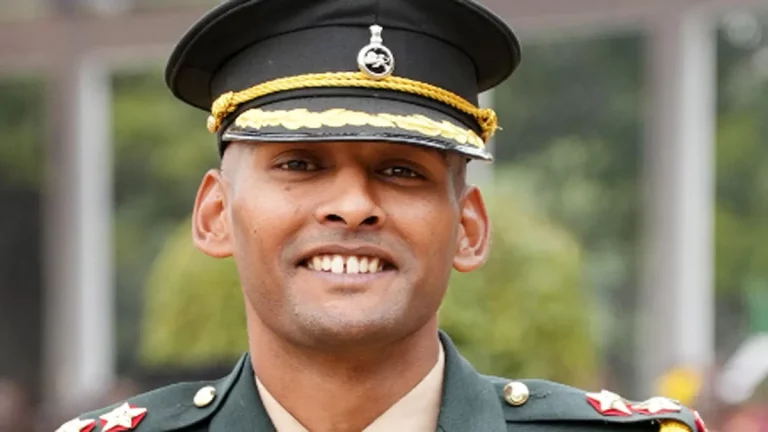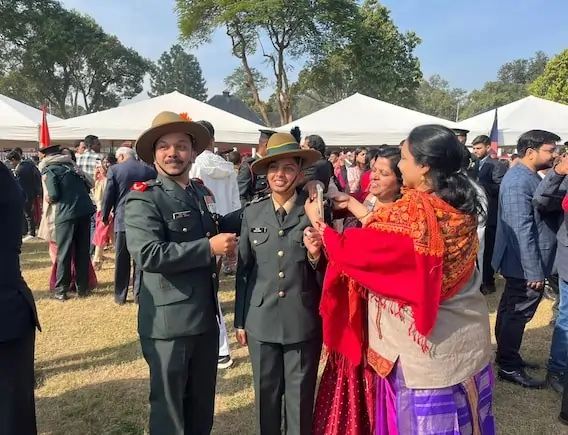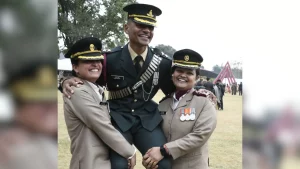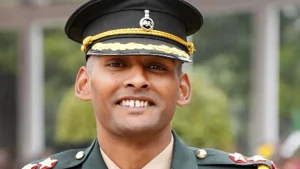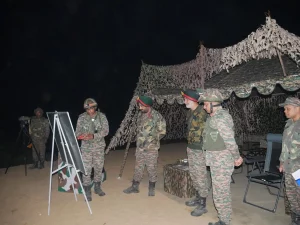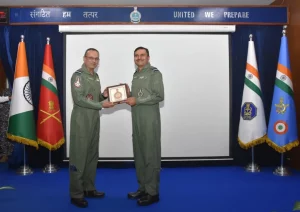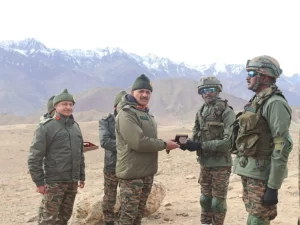In the elite circles of the Indian armed forces, the Balidan Badge and the MARCOS Badge signify more than just honors; they represent the zenith of sacrifice, resilience, and specialized operational excellence. The Balidan Badge, awarded to members of the Indian Army’s Para Special Forces, symbolizes the ultimate sacrifice and is obtained through one of the most rigorous selection processes in military history. Conversely, the MARCOS Badge, worn by the Indian Navy’s Marine Commandos, highlights proficiency in amphibious warfare and covert operations, illustrating the specialized roles within India’s special forces framework.
An examination of these prestigious badges reveals insights into their histories, designs, and the criteria required to earn them. The discourse sheds light on how each badge reflects the distinctive ethos of its respective unit while contributing to a broader narrative of India’s defense capabilities. This comparison intends to provide a nuanced understanding for enthusiasts, military aspirants, and analysts.
The Balidan Badge, also known as the “Sacrifice Badge,” is exclusively awarded to members of the Para Special Forces, signifying their commitment to lay down their lives for the nation. Rooted in the need for elite airborne units capable of strategic strikes and unconventional warfare, the badge has evolved from its origins in the mid-20th century, introduced by visionary officers. It honors those who endure an exhaustive probation that often spans several months and includes extreme physical and mental tests. With a success rate hovering around 10-15%, the exclusivity of this badge underscores the grueling nature of the qualification process.
Historically, the Balidan Badge gained prominence during critical operations, including the 1971 Indo-Pak War and contemporary surgical strikes, showcasing the exceptional bravery of Para SF units. Its design features a dagger on a maroon background, representing both precision and airborne expertise. The badge fosters cohesion within the unit and serves as a motivational emblem for newcomers, with recent trends showing a marked increase in recruitment efforts. Notably, over 5,000 individuals volunteer annually to join the Para SF, reflecting a growing interest linked to heightened border tensions.
Recent data supporting the intensive training regimen reveals a structured probation process that assesses candidates through various phases, resulting in a selective advancement to earn the Balidan Badge. For instance, candidates begin with basic conditioning and advance through rigorous operational simulations before finally being awarded the coveted insignia.
In parallel, the MARCOS Badge emerged in the late 1980s as India aimed to enhance its maritime special operations capabilities, drawing inspiration from units like the US Navy SEALs. Established in 1987, MARCOS operators undergo a demanding 90-day probation that focuses on amphibious assaults, diving, and counter-terrorism drills. The badge has become synonymous with naval supremacy and elite operational capability in various maritime contexts, including anti-piracy missions.
Design elements of the MARCOS Badge encompass a trident intertwined with an anchor, symbolizing heritage and striking power. Over recent years, a growing cohort of around 1,000 active MARCOS operators has contributed to missions in critical maritime regions such as the Arabian Sea. The rigorous probation process includes endurance testing and specialized operations, ensuring that candidates are prepared for the complexities of maritime challenges.
Like the Balidan Badge, the MARCOS Badge has a tough earning process that results in a low success rate, emphasizing the significance of elite training to undertake advanced operations. Culturally, it symbolizes naval innovation and resilience, with graduates participating in traditional rites to signify their unyielding spirit. Recruitment numbers for MARCOS have also risen, with around 800 volunteers annually, indicating an increasing public interest in maritime special operations.
When contrasting the two badges, key differences arise from their respective service branches, operational focuses, and qualification processes. The Balidan Badge is rooted in Army operations focused on airborne tactics, while the MARCOS Badge emphasizes naval operations. Despite these differences, both badges share a common ethos of sacrifice and determination. The design aesthetics—dagger versus trident—illustrate the distinct histories and cultural significance of each unit.
Operationally, the Balidan forces predominantly engage in inland missions, with approximately 70% of their operations on land, while MARCOS operators are involved in maritime environments, conducting about 80% of their missions at sea. Both badges are instrumental in enhancing career prospects within their respective branches, but MARCOS operators tend to transition to advisory roles post-tenure.
Key comparative metrics reveal the defining characteristics of each badge—Balidan’s emphasis on airborne and land-based tactics, contrasted with MARCOS’s focus on aquatic and amphibious strikes. The recent introduction of integrated training initiatives hints at a growing collaboration between the two units, though they remain distinct in identity and mission focus.
Overall, the Balidan Badge and the MARCOS Badge are emblematic of India’s rich military heritage and operational diversity. While they represent different pathways to elite status, both highlight the country’s commitment to national security and the valor of those who serve. As the defense landscape continues to evolve, these badges will persist in inspiring future generations, honoring the sacrifices made by commandos while underscoring the importance of specialized forces in addressing modern threats.



